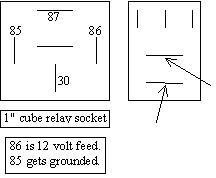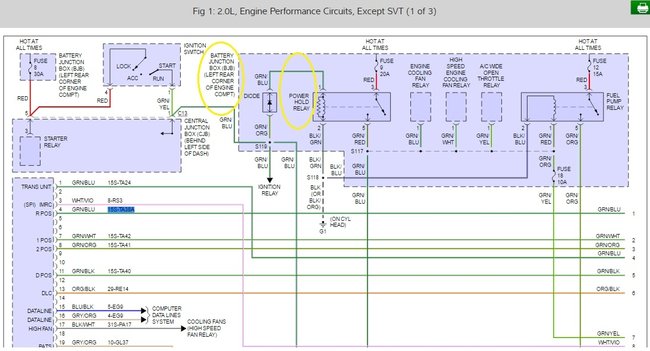Doc,
Takes time and patience!
Some drawings and diagrams can be "save as" in your pictures/ documents with no "entire webpage" involved. This seems to also not work if they are enlarged (with Prodemands tools)
Screenshots is how I do most of the diagrams.
Take it to Microsoft Paint (or whatever), Crop it, save it (usually as a JPEG) into my pictures.
Here's the kicker!
If it is a diagram with big print, minimal information, one screenshot may do it.
If you hit "enlarge" on a big wire diagram, it actually makes it into one full diagram (if screenshot-It is impossible to read if you try to enlarge it on your computer.)
Once you do hit "enlarge" in Prodemand, it turns into that one diagram (too small to read), Using Prodemand's 'SLIDE DEALLY" you can size it to whatever! You use "The Hand" to scroll it in any direction to see what you want. (Careful fast sliding will highlight the whole diagram and lock you onto that portion)
I usually Make the diagram big enough to fill my screen Left and Right, scoot it to where I get the most of the diagram or where the "CUT OFF Portion" is Between rectangles or on bare wires. Then I Screenshot that Top portion. (Take to paint/get in my pictures)
I then go back to my Prodemand tab
Then I use "The Hand' to scoot the diagram up, insuring I catch the bottom little bit of what I screen shot first. This gives the next screenshot overlap and no info got missed. Same as before/ screenshot/ paint/ pics/ back to the Prodemand tab.
Sometimes it takes four or five screenshots to get the whole diagram. I also label the pics like T-Bird 1/ T-Bird 2/ etc. So that I post them in the right order.
I am getting faster at it!
Do you understand my hillbilly explanations? If not, we can do this in 'Messages' or Email
All righty then,
Let's hear some good news from MRSLEGER!
The Medic
Image (Click to make bigger)
Monday, February 13th, 2017 AT 4:35 PM






